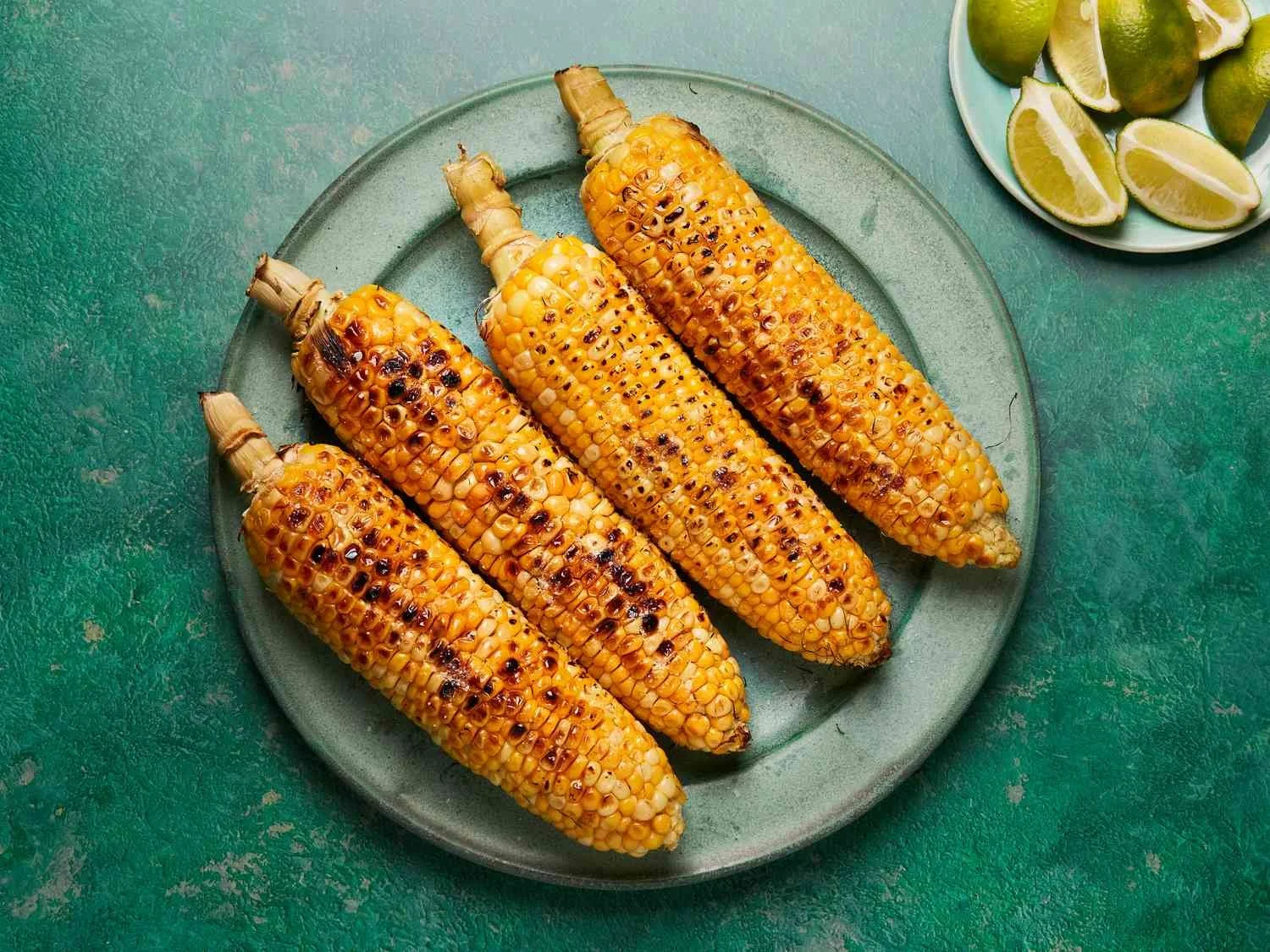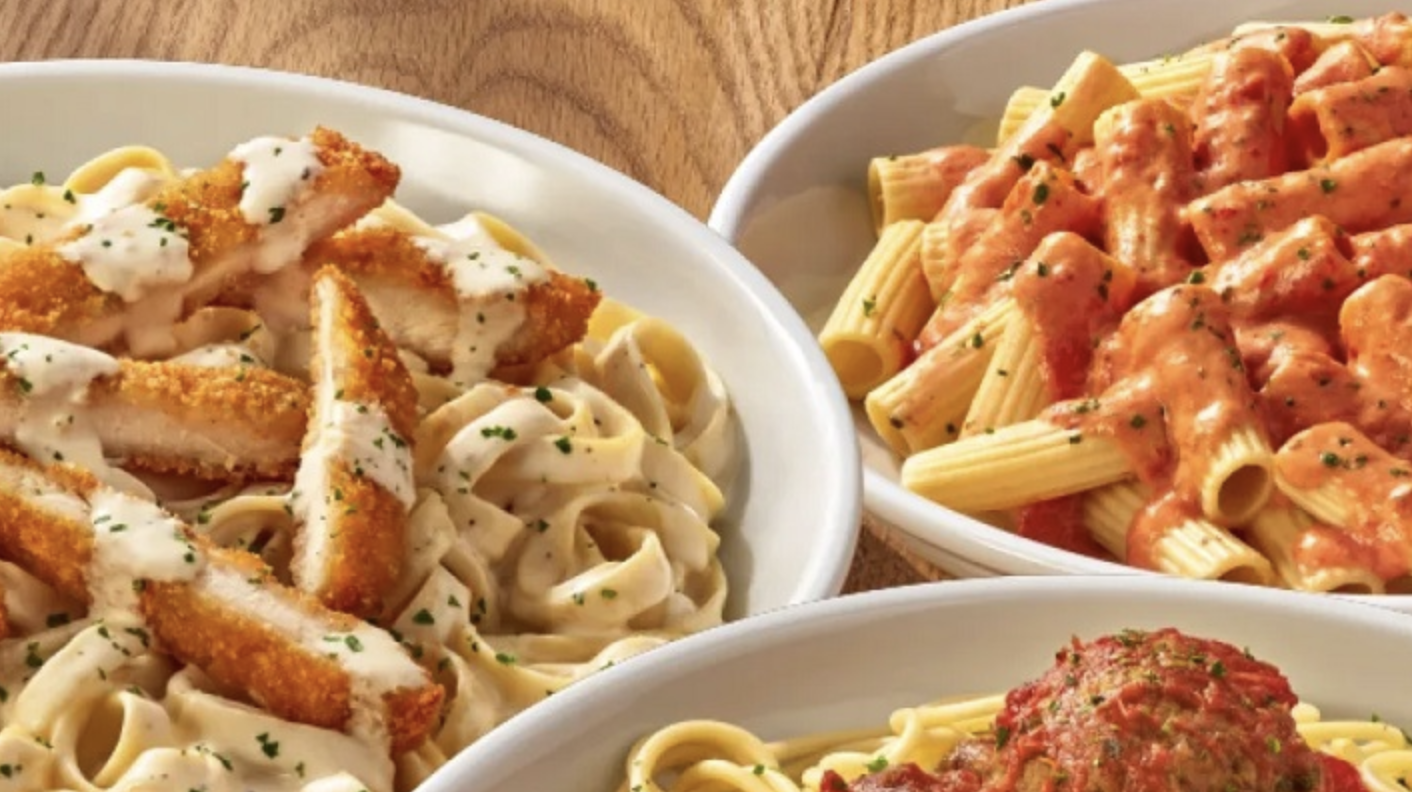
A Taste ofWhat’s trending
10 Mistakes You’re Making with Fresh Corn
In "10 Mistakes You're Making With Fresh Corn" on Chowhound, culinary experts outline key missteps that undermine fresh corn's flavor and texture—everything from buying pre-shucked ears to overcooking and rinsing them under water. One standout tip comes from Theo Friedman, Associate Director of Projects at The Culinary Edge, who shares a pro kitchen hack: to easily and cleanly release kernels, place the cob on a smaller bowl nested inside a larger one and shave off the kernels with a serrated knife so they fall directly into the outer bowl—“bada‑bing, bada‑boom.”
Heroes & Headwinds: Jarrett Whitlow, SVP Beverage Strategy at Botrista
From “old school” operations to leading tech-driven beverage innovation—Jarrett Whitlow has seen it all. In this episode of Heroes & Headwinds, the SVP Beverage Strategy at Botrista Beverages talks industry shifts, navigating today’s headwinds, and what’s next for the beverage sector. He even shares his take on Red Lobster’s future and hard-earned advice for thriving through change.
Culinary Innovators: Deliver More for Less
In “Culinary Innovators Deliver More for Less”, The Culinary Edge presents a forward-thinking framework that empowers restaurant operators to innovate efficiently under pressure. Drawing from real-world examples, they guide how to prioritize impactful trends, experiment cost-effectively, and integrate smart design and recipe strategies—ultimately helping kitchens do more with less without sacrificing quality or creativity.
What it Means When Your Steak Tastes Fishy
In The Takeout article “What It Means When Your Steak Tastes Fishy,” Eric Fernandez, Associate Director of Culinary at The Culinary Edge, explains that a fishy taste in steak most often comes from oxidation—typically due to degraded or improperly stored beef fat. While a strong off‑odor warrants disposal, a mild fishy note may be safe but unappetizing. Eric also offers practical wisdom: steaks that appear gray rather than bright red before cooking are more likely to taste off, and strong spice rubs with bold flavors and char can help mask any residual fishy notes. His insight provides both clarity and useful techniques for staying one step ahead of culinary mishaps.
Every Chef We Spoke to Said This is the Best Way to Peel Corn
In an article showcasing the best chef-endorsed cooking tools, everyone—from competing chefs—agreed: the OXO Good Grips Corn Peeler is best for effortlessly removing fresh kernels. Theo Friedman, chef and associate director of projects at The Culinary Edge, emphasized the tool’s value, noting that its non-slip, ergonomic handle and efficient blade "makes the job quite quick" and wrist-friendly.
Forget coffee. Salad is rising as the next drive-thru concept
As fast-casual brands continue to rethink what belongs in a drive-thru, Greenlane is making a bold play: bringing salads to the center of the format. Emerging in Florida with a sleek, wellness-forward menu, Greenlane is part of a growing wave of concepts proving that fast, convenient food doesn’t have to mean greasy or uninspired. Behind this innovative concept is The Culinary Edge (TCE), a San Francisco–based consultancy known for helping food brands sharpen their strategy, design, and flavor.
How CORE Foodservice and The Culinary Edge Create Foodservice Solutions in a Challenging Market
In the current landscape of rising costs and increasing competition, it’s more challenging than ever to keep up in the restaurant industry. What are the keys to successfully navigating foodservice in the U.S., and what are some of the important new trends? Join Brian Choi of The Food Institute as he gets the latest insights from D.J. White, SVP of Corporate Distribution of CORE Foodservice, and Erica Holland-Toll, Culinary Director of The Culinary Edge.
Every Expert We Spoke to Said Storing Your Fresh Lettuce and Herbs This Way Is Wrong
In the EatingWell article “Every Expert We Spoke to Said Storing Your Fresh Lettuce and Herbs This Way Is Wrong,” experts emphasize that improper storage methods, such as using plastic bags, often lead to premature spoilage of herbs and lettuce. Michael Parlapiano, managing director of The Culinary Edge, contributes key insights to the article. He advises that delicate greens require space to breathe, likening them to “people in a crowded room,” and warns against tightly wrapping them, as compression accelerates spoilage. Parlapiano also recommends removing rubber bands and twist ties from herbs, as they trap moisture and bruise tender leaves, further contributing to decay.
Restaurant Profitability Secrets: How Leaders Are Managing Costs in 2025
For this installment 2025 Restaurant Technology Network Market Watch, HT asked restaurant executives and restaurant technology industry insiders, including TCE’s Betty Kaufman and Jane Hurh, about operators' top tech priorities, disruptive forces and much more.
TCE Client, Golden Chick, Releases New Pimento Crunchwich Sandwich
Golden Chick has unveiled its latest limited-time offering, the Pimento Crunchwich, a sandwich that combines Southern-inspired flavors with a satisfying crunch. This new menu item features a hand-breaded chicken breast topped with creamy pimento cheese spread, spicy jalapeño crisps, thick-cut pickles, and the brand's signature Lotta Zing® sauce, all nestled within an XL buttery yeast roll. The Pimento Crunchwich is available at participating locations through August 3, 2025, priced at $5.99 for the sandwich alone or $8.99 as part of a combo meal.
TCE Pulse Report | May 2025 Edition
What’s really happening in the restaurant world right now? TCE’s Pulse Report cuts through the noise—combining hard data with real stories from operators —to reveal what’s truly driving the industry today.
America Is in Its Peak Pickle Era, and It’s Only Getting Weirder
America is currently experiencing a "pickle renaissance," with the tangy flavor profile permeating everything from snacks to beverages and even desserts. This surge in popularity is driven largely by Gen Z's appetite for bold, sensory-driven experiences and the viral nature of pickle-centric content on social media platforms like TikTok. Innovations such as pickle-flavored popcorn, glitter-infused "glickles," and unconventional pairings like pickle martinis and cotton candy are captivating consumers. Searches for pickle-related products have reached unprecedented levels, indicating a robust and growing interest in all things pickled.
Betty Kaufman, strategy director at The Culinary Edge, attributes this trend to younger generations' desire for intense flavors and experiential eating. She highlights the role of "neo-nostalgia," where familiar tastes are reimagined in modern, playful ways, appealing to consumers' sense of adventure and longing for the past.
Understanding Gen Z Eating Habits: Authenticity and Tech-Savvy Preferences
In the article “Understanding Gen Z Eating Habits: Authenticity and Tech-Savvy Preferences,” Michael Parlapiano, Managing Director of The Culinary Edge, outlines how restaurants can connect with Gen Z by focusing on transparency, exploration, and inclusivity.
Starbucks Bets on a European Aperitivo Menu – Will Gen Z Bite?
Starbucks is exploring the introduction of a European-style aperitivo menu to invigorate its afternoon sales slump and appeal to younger demographics like Gen Z and millennials.
More Juice, Less Squeeze
As the industry continues to recover from the pandemic, rising commodity costs, and inflation, the competition for consumer spending has intensified. In 2025, the challenge is to deliver more for less, injecting greater perceived value into offerings and experiences while simultaneously reducing costs within the value chain.
This session, presented at MEG, explored how brands are navigating this new battleground by designing innovative strategies and menus that set them apart from competitors and deliver unique value beyond just price. Discover the tactics and approaches that are helping brands win in this new landscape, ensuring they provide exceptional value to consumers in a cost-effective manner.
Why Is Hot Honey Everywhere All of a Sudden — and What Is it Anyway?
The article traces hot honey's rise in popularity, attributing its success to a combination of cultural trends, consumer demand for bold flavors, and the influence of social media platforms like TikTok and Instagram. Kaufman's insights underscore how The Culinary Edge's strategic approach contributed to hot honey's widespread adoption, solidifying its status as a versatile and enduring component in modern cuisine.
Selling to Gen Z and Gen Alpha
What do Gen Z and Gen Alpha want from food brands? According to this smart piece in Food Processing, it’s not just about flavor or convenience—it’s about meaning. These younger generations are shaping the future of food with strong preferences for transparency, sustainability, and digital connection.
Why it suddenly feels like every fast-food restaurant has fun, flavored drinks
Fast food chains are embracing a new era of beverage innovation, crafting fun-flavored drinks that resonate with younger consumers' desires for novelty and personalization. At The Culinary Edge, we've observed this trend as a strategic move to capture the attention of Gen Z and Gen Alpha, who value unique experiences and shareable moments.
3 New Keys to Connecting with Gen Z Consumers
At The Culinary Edge, we've been closely observing the evolving dynamics of Gen Z consumers, and the recent insights shared by our Strategy Director, Betty Kaufman, in The Food Institute article resonate deeply with our experiences. Gen Z, ranging from 13 to 28 years old, is not just another consumer segment; they're redefining brand loyalty and engagement.




















